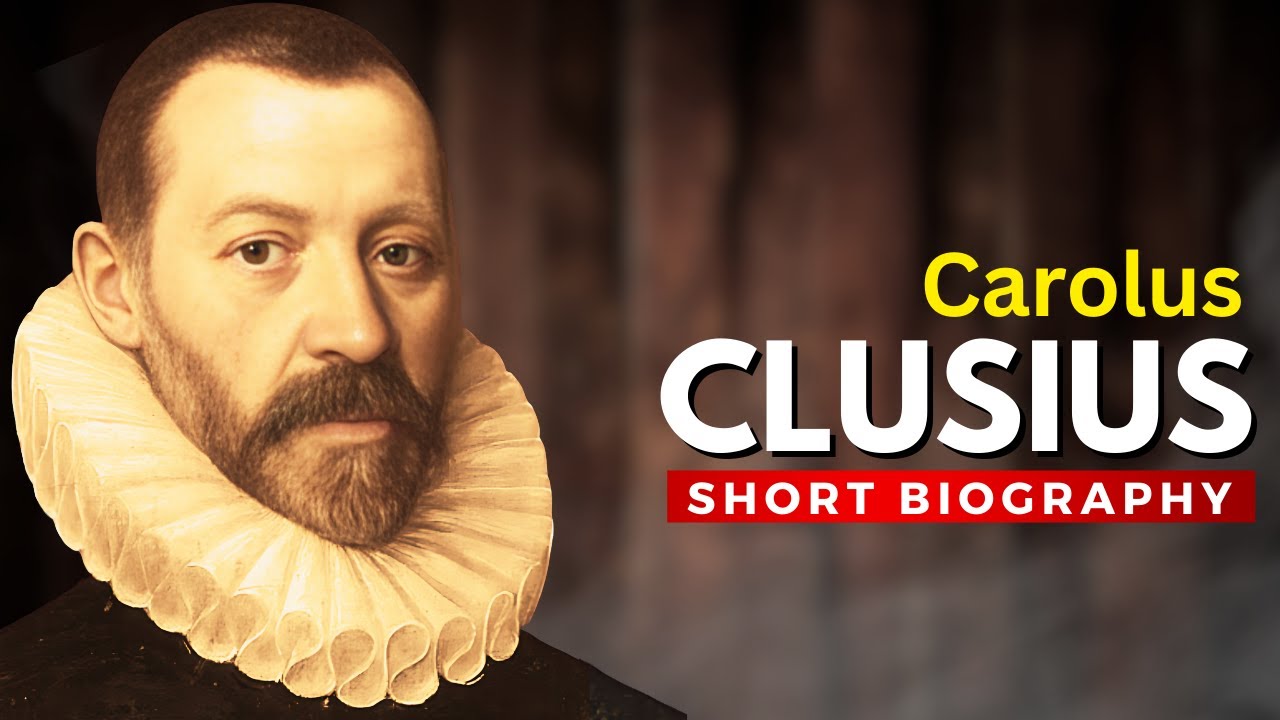Who is the botanist who introduced the tulip to Europe?
Tulips were not known during the Roman and Byzantine periods. No tulip motifs have been found on coins, monuments, or items from this period. Tulips have been a value brought with them by the tribes migrating from Central Asia to the West. So who introduced this beautiful flower to Europe? Here is the answer to the question:

Tulips have been a value brought with them by the tribes migrating from Central Asia to the West. The Seljuks also used tulips, although not as much as the Ottomans. The first person to use the tulip in his poems in Anatolia was the famous thinker Mevlana Celaleddin-i Rumi (1207-1273). There are many verses about tulips in this poet's Divan and Rubais.
CAROLUS CLUSIUS - The Man behind Tulip Mania
Since European writers did not recognize the tulip in the early periods, they considered this flower to be a type of lily (Lilium) and named it accordingly. P Belon used the name "Lils rouges", C Clusius "Lilionarcissus", P de Toumefort "Lis de Byzance", and A. Toderini used the name "Lys sar.guins" (Blood-colored lily).
The first European writers to provide information about tulips were P Belon, G. Busbecq, and A Galland, in chronological order. P Belon is a French physician. In 1546, he made a research trip to the Near Eastern countries and stayed in Istanbul for a while. In his memoirs, he describes the tulip as "Lils rouges" and notes that many foreigners came to Istanbul by ship to buy flower bulbs.
Charles de l'Écluse, L'Escluse, or Carolus Clusius (19 February 1526 – 4 April 1609), seigneur de Watènes, was an Artois doctor and pioneering botanist, perhaps the most influential of all 16th-century scientific horticulturists.
It is not known exactly when the tulip was taken from Turkey to Europe. It is thought that tulip bulbs were among the plants that O G Busbecq, the ambassador of the Austro-Hungarian Emperor to Sultan Suleiman, took from Istanbul to Europe. Busbecq records in his memoirs that he saw a flower (tulip) that he encountered for the first time in his life, growing in the fields on the side of the road between Edirne and Istanbul, while passing through this road in the spring of 1554. French embassy officer A Galland, who passed through the same road in 1673, states in his memoirs that he saw tulip fields around Lüleburgaz on Monday, May 15, 1673:
“Today went very well. Because the weather is very nice and there are large tulip and peony fields on the way to Burgas..."
It is not known exactly which tulip species were the first to be taken from Istanbul to Europe.
Answer to the question:
French horticulturalists Charles de l'Escluse (Latin: Carolus Clusius) (1526-1609) made a great contribution to the recognition and spread of tulips in Europe. This plant scholar traveled all over Europe; He served as the director of the Vienna Botanical Garden between 1573 and 1576, and during this time he had the opportunity to obtain many bulbous plants from Istanbul. C Clusius was appointed director of the famous botanical garden (Hortus Medicus) of Leiden (Netherlands) in 1592. In his book published in 1601, while talking about bulbous plants and especially tulips, he states that there were two types of tulips in Istanbul at that time: Cafe tulip (Cafe tulip) and Cavala tulip. Kefe (today's name is Feodosiya) is in the south of Crimea and dates back to the 16th century. and XVII. It is also recorded in Evliya Çelebi's Travelogue that the type of tulip that came to Istanbul from this region in the centuries was called the "Kefe tulip".
In Evliya Çelebi's Travelogue, he mentions growing tulips in the gardens of houses around the Bosphorus in Istanbul. He mentions that the beauty of the tulip in the meadows near the Boathouse on the shores of the Golden Horn made the man intoxicated.
The origin of the word Tulipe (Latin: Tulipa), used today for tulips in European countries, dates back to the memoirs of O G Busbecq. O G Busbecq wrote in his memoirs that the Turks named this plant "Tulipan". S W Murray notes that this name is related to the "Muslin" that the Turks wrapped around their heads, and that it emerged as a result of a mistake between O G Busbecq and his translator.
-----------------------------
Who Was Carolus Clusius?
We don’t know exactly when Carolus Clusius saw his first tulip, but we know he was struck immediately by the flower’s “charming variety.”
https://amsterdamtulipmuseum.com/pages/who-was-carolus-clusius
